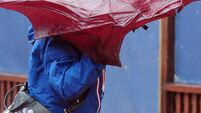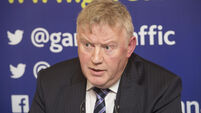Pitt praises Jolie as ‘heroic’ after mastectomy op
Jolie said she was speaking out to encourage women to address threats to their health.
Pitt said: “Having witnessed this decision firsthand, I find Angie’s choice, as well as so many others like her, absolutely heroic. I thank our medical team for their care and focus.













